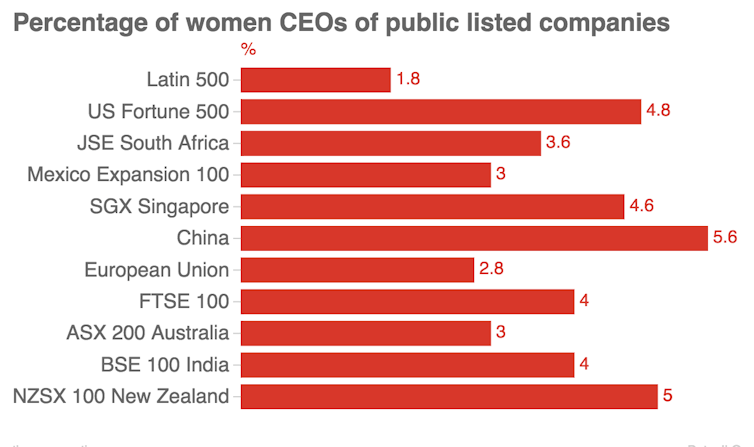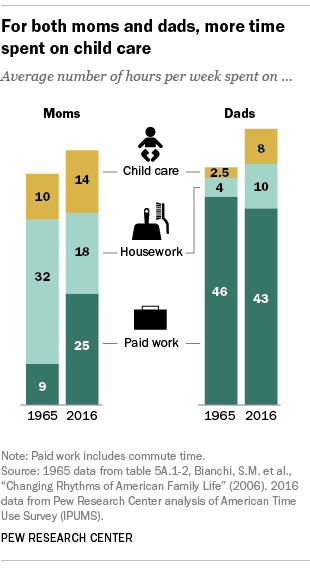- Difference discrimination occurs when workers who are alike in all their qualifications are treated differently because of sex.
- Dominance discrimination occurs when (1) jobs are designed for men as the default worker, and (2) this results in men actually doing better and dominating
- Other problems in workplaces: misogyny, sexism, sexual harassment, implicit bias, stereotype threat, etc. (last two on Monday)
- Christina Hoff Sommers says most disparities are due to (1) choices and (2) differences in interests and talents.
The academic workplace
As you watch the video, consider which of the above explanations is most applicable to specific disparities.
We will watch 5:32-19, 2:21-26, using this worksheet
What would be an effective and just solution to dominance discrimination?
Abolish gender roles. (Jennifer Saul, Susan Okin--argument based on Rawls)
- Need to do so, to equalize the prospects of academic men (who now often have caregiving wives) and academic women (who are now often primary caregivers)
- What would it take to abolish gender roles? Is it going to happen? Is it desirable?
Redesign the workplace (Saul's suggestions)
- part time work
- part-timers should be able to advance
- free childcare
- shorter workweeks
- no mandatory overtime
- equal parental leave for men and women
- Would this be fair to all stakeholders?
- Is gender neutral parental leave good for women? This article calls that into question.
- Saul says non-parents should be able to use the same options to pursue their outside interests. Marathon-training leave?
Extend Title VII to dominance discrimination so employers can be sued if they don't redesign the workplace.
- Saul doesn't discuss this, but is it a good idea?
Possible debate questions
- Should Title VII prohibit dominance discrimination?
- Yes
- No, that would be unfair because________
- Can dominance discrimination be ended without abolishing gender roles?
- Yes, it can be ended by ________
- No, we must abolish gender roles
- Are Saul's workplace solutions fair to everyone?
- Yes
- No, they're unfair to ________________





























